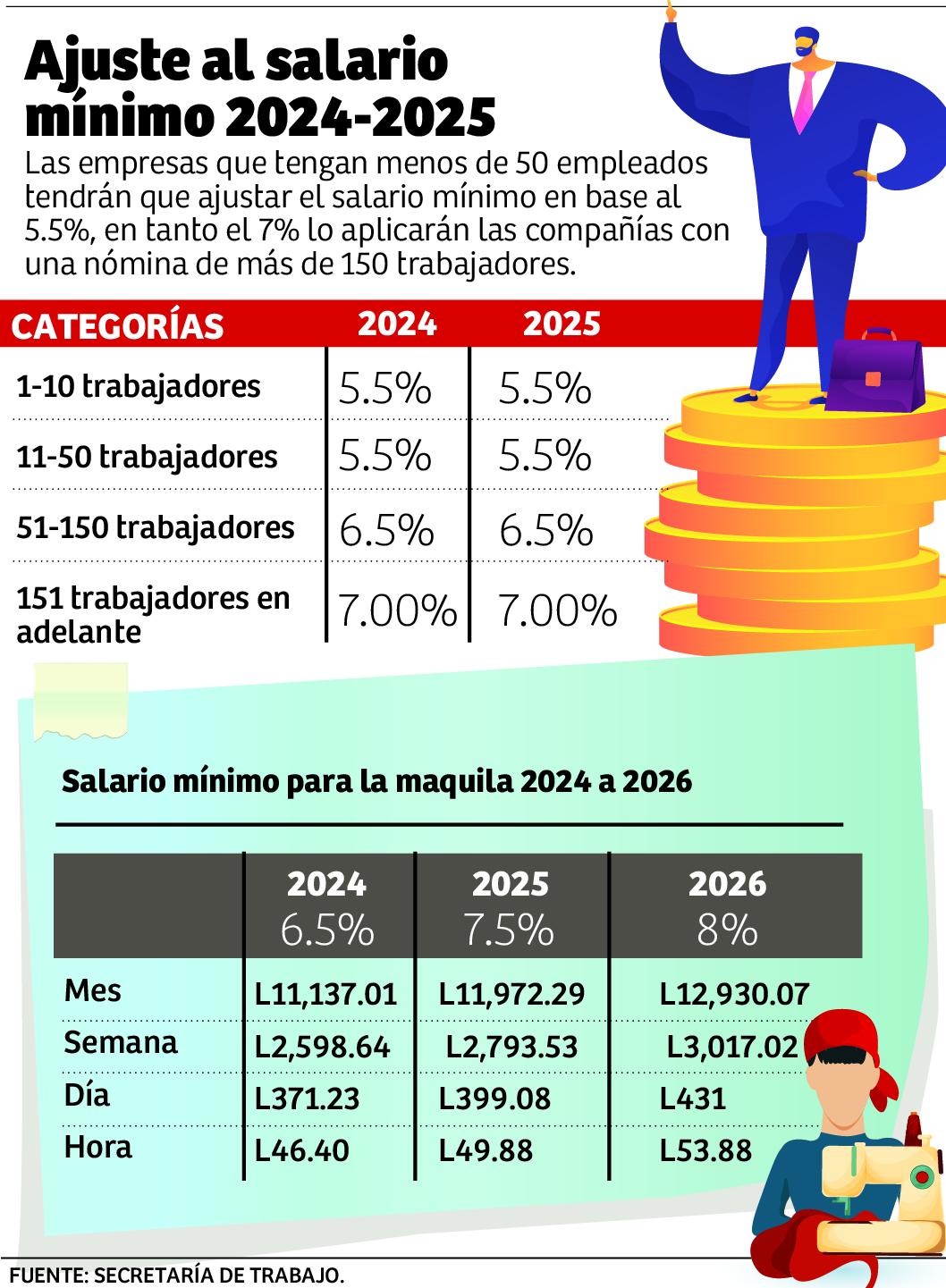Table of Contents
- Salario mínimo 2024 continúa sin ser acordado
- Salario mínimo en el 2024 será un millón 300 mil pesos; el auxilio de ...
- Salario Mínimo 2024 aumentará 20% en 2024, Conasami fija cantidad ...
- Salario Minimo 2024 Peru - Avie Margit
- Salario mínimo en 2024: dicen cuánto subiría, según dato de inflación ...
- Así queda el salario mínimo para el 2024; Petro fijó el aumento por ...
- Salario mínimo 2024: este es el calendario que definirá el aumento ...
- A partir de enero de 2024 Aumentó Salario Mínimo en la Frontera a 374. ...
- Salario mínimo para 2024 queda en .300.000: Aumenta un 12%
- Salario mínimo 2024: ¿Cuánto vale el día? ¡Conozca el valor!



Introduction to Minimum Wage in the U.S.
:quality(80)/cloudfront-us-east-1.images.arcpublishing.com/semana/5UK6TODLBVFKZHD4ZJ3Y4ARJ4E.jpg)


Historical Overview: 1938-2025




Future Projections: 2025 and Beyond
Looking ahead to 2025, discussions around the minimum wage continue, with proponents arguing for increases to match the rising cost of living and opponents citing concerns about job losses and economic impacts. The Biden administration has proposed raising the federal minimum wage to $15 per hour, a move that would significantly impact low-wage workers and potentially the broader economy. The evolution of the minimum wage in the United States from 1938 to 2025 is a complex narrative of economic, political, and social factors. While the federal minimum wage has not kept pace with inflation or the growing cost of living in recent years, state and local initiatives have led the way in ensuring a higher standard of living for many workers. As the country looks to the future, the debate over the minimum wage will continue, influenced by economic conditions, political will, and the pursuit of fairness and equity in the labor market. For the most current and detailed data on the minimum wage and other economic indicators, Trading Economics provides comprehensive and up-to-date information, serving as a valuable resource for researchers, policymakers, and the general public interested in understanding the intricacies of the U.S. economy.Keywords: minimum wage, United States, economic data, Trading Economics, labor rights, Fair Labor Standards Act, cost of living, inflation, economic growth.